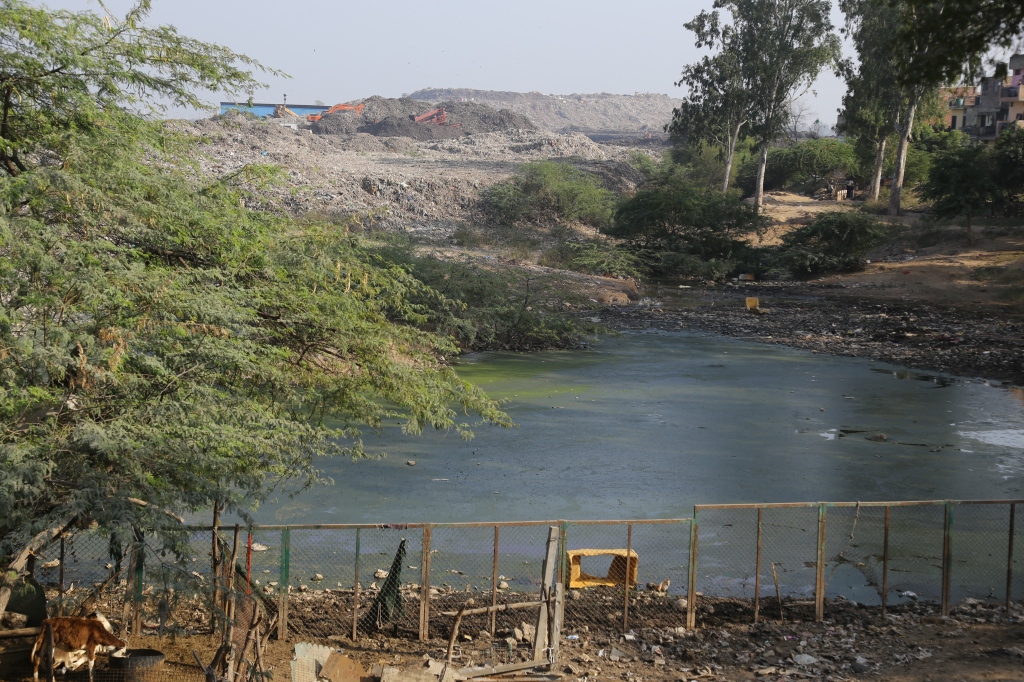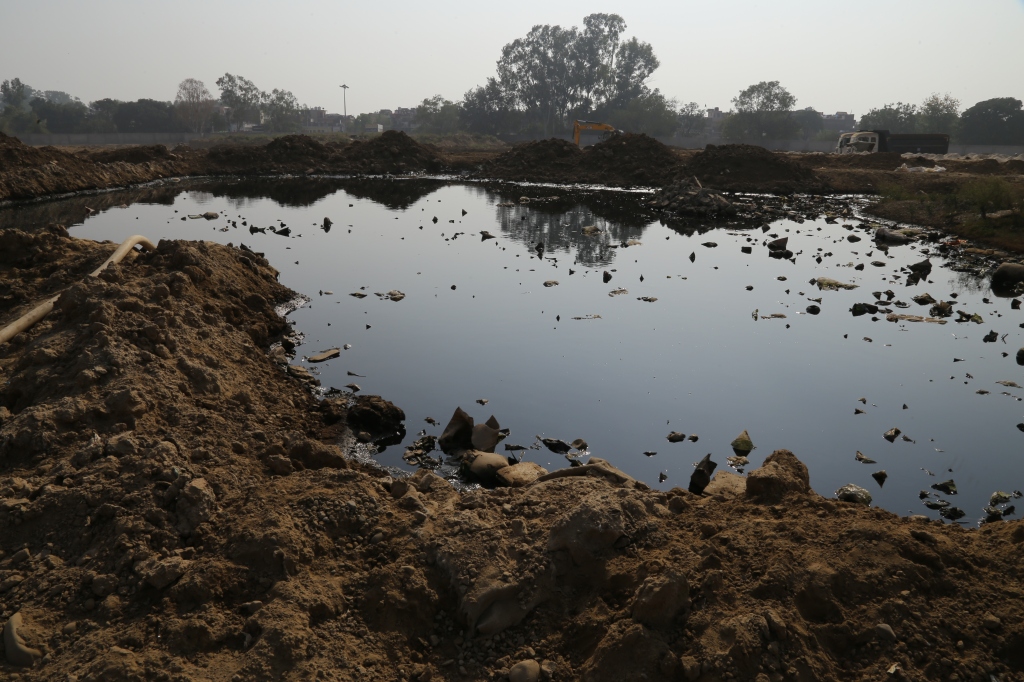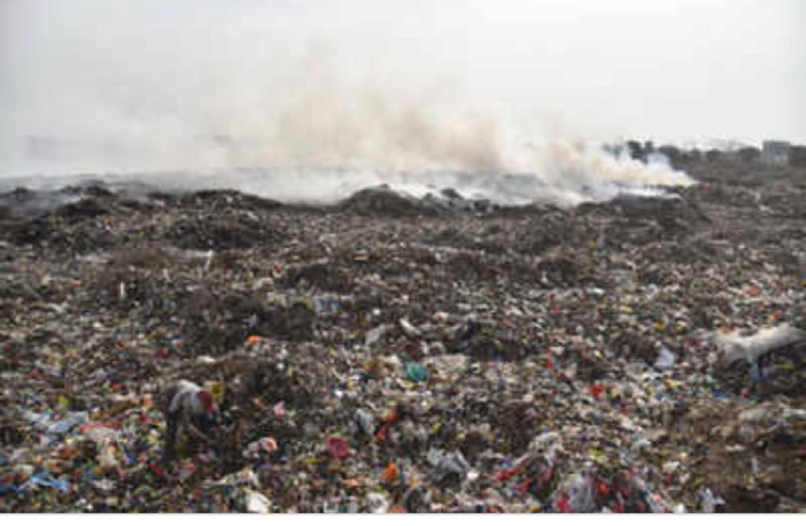Warrior Moms from all over India talk about the mounting garbage in their cities.
Bunny Dhaliwal from Chandigarh writes:
We all talk of Our City Beautiful, Chandigarh but do we know that there is a mountain of
garbage which happens to be a part of The City Beautiful ?

Not very far from Punjab University, this Mountain of Dirt and Filth is called Dadumajra !
The irony is that we as the Good Citizens are told to segregate our Garbage for “Swach Chandigarh” or else we will be fined but what’s the use if it is all taken to this site and dumped all together ? Our hard work of segregating our garbage over many years has all been farcical.

But that’s not all! We have people living near this filth and the kind of problems they are facing are unimaginable and heart breaking. There are regular fires. The air here is toxic. The water is polluted.

Is it fair or justified that this Dump was created right next to a colony? Why? Are they not
Humans? Why were they not taken into consideration? Is it because they are not the Elite
of The City Beautiful ?
Warrior Moms Punjab visited the dump to investigate further and found that the RDF plant which cost crores has been lying shut since the past 2 years. We discovered that this dump site is in violation of every clause of Swacch Savrvekshan 2016. The seasonal river, cluster of villages, forest area, school, stadium, parks, dispensaries are all within a radius of 50 meters approx from the dump site. Since, then we have been writing to the MC Commissioner, Chandigarh, MP Kirron Kher and sent them our recommendations as well.
Do look for the #CleanUpDadumajra hashtag on twitter to know more about our campaign there.
Leena Buddhe from Nagpur writes:

Like all the cities Nagpur too has a dump yard spread over 55 acres of land . The municipal corporation dumps unsegregated garbage in this Bhandewadi dumping yard which is not a scientifically designed land fill. This site is now within city limits on NMC land.
The city generates about 1200 MT of domestic waste. There are sanctioned layouts and slums around the dumping yard. Residents feel helpless against such officially sanctioned pollution.
Around 400 waste pickers who pick waste from this dump yard and earn their livelihood . As the waste is dumped un-segregated, there are incidences of frequent fires during the peak summer season and during rainy season the dump yard becomes an area which breeds flies, mosquitoes, rats.
 Dogs thrive on waste heaps and form hunting packs at night, attacking nearby residents.
Dogs thrive on waste heaps and form hunting packs at night, attacking nearby residents.
At present there is an attempt to compost 200MT of wet waste. The composting plant doesn’t run on a regular basis.
A contract has been awarded for bioremediation of legacy waste and recovery of land at Bhandewadi dumping ground. Because it is now within the city limits , the residents are fed –up of the bad air, ever present odour , and ground water polluted by leachates .The residents keep demanding that the dump yard be shifted.
Anu Mukerji writes in from Delhi:
Delhi produces 90,00,000 kilograms of garbage a day. A significant amount of this waste finds its way to one of the city’s four landfill sites—Ghazipur, Okhla, Bhalswa and Narela-Bawana. As it currently stands, three of the four landfill sites operate beyond capacity. With a hazardous Air Quality Index (AQI) mostly throughout the year, the people near the Bhalswa landfill face a multitude of issues ranging from severe air pollution to lack of access to drinking water. Yet, there seems to be a significant population living around the clutter. For them, segregating and selling particular waste materials found in the landfill has become their primary source of income. However, given the sheer amount of garbage accumulating in Bhalswa, one can only imagine the conditions under which these waste-pickers are working every day.

A public health crisis has unfolded in the surrounding areas. Most villagers there either know someone who is suffering from cancer or has died from it in that area. Unsurprisingly, the groundwater is contaminated with toxic chemicals – this has been confirmed by government agencies like Central Pollution Control Board (CPCB) and National Environmental Engineering Research Institute (NEERI).
Jackals, peacocks and other animals in this wildlife rich zone as well as cattle from the nearby villages have been dying after drinking this poisoned water. Those who dismiss this as a problem affecting only villagers living around the Bandhwari landfill are mistaken. The toxins pouring out of this landfill in the form of leachate are seeping into the groundwater aquifer that feeds NCR cities.
The story in Chennai is no different. During the past months, the main shopping centre in Chennai, T Nagar was inundated during the rains – not because there was too much rain but because plastic bags and other litter were blocking the drains!
Segregation at source is still not mandatory and more often than not, you can see conservancy workers taking away unsegregated garbage despite their repeated pleas to residents. Most of this ends up at a dumping ground and its the same story all over again!
Watch this film by CAG to understand how Chennai’s health is affected by the lack of a proper solid waste management plan.
Landfills are a result of non-implementation of solid waste management 2016 bye laws and therefore a complete failure on the part of authorities. Their inability to enforce segregation of waste at source is the reason that most Indian cities are struggling to manage mountains of waste.
How can we contribute to less waste?
- Compost your kitchen waste
- Segregate your dry waste into categories of glass, plastic wrappers, plastic bottles, newspaper, cardboard and recycle them. Google recycling vendors in your city.
- Carry a steel water bottle, and a glass with you – keep cloth bags in your car/vehicle, keep a dabba handy for take-aways – think about how else you can reduce waste.
- As women, we can switch to sustainable menstruation.
- If you see garbage being burnt anywhere – whether its leaves or mixed garbage call your corporator. Find more information pertaining to Delhi here. Check if your city has an app that you can download and make complaints on.
- Pressurize your RWA and local government to insist on segregation of garbage at source. This is the ONLY way that solid waste can be managed.
Add new comment